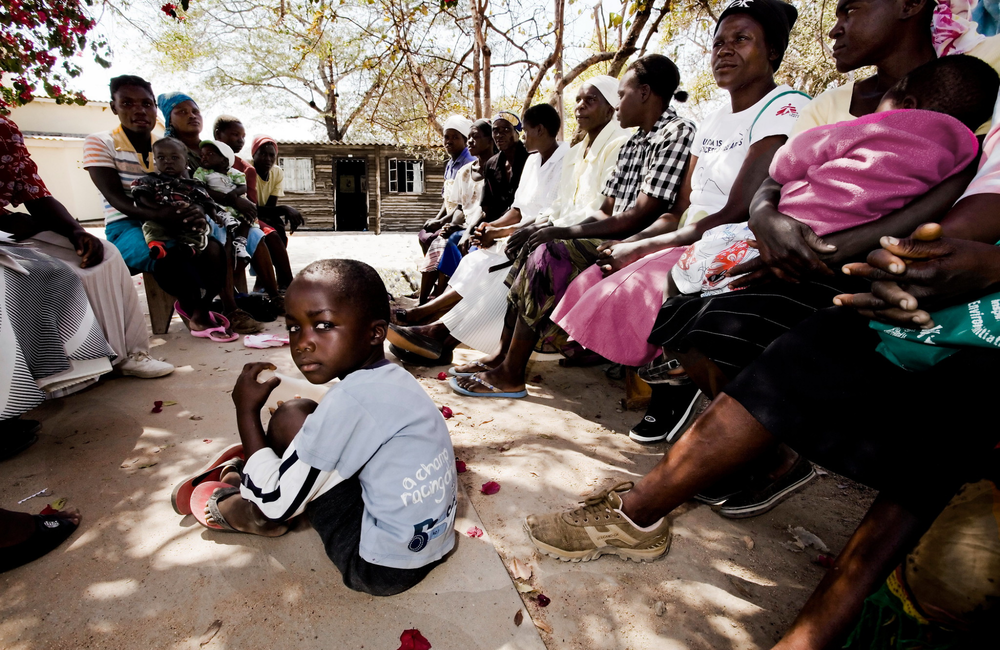Bribes And Rationing Of AIDS Medicine In Zimbabwe As Trump’s Aid Cuts Bite – Health Policy Watch

Sustainable Development Goals (SDGs) and the Crisis of HIV Medication in Zimbabwe
Introduction
As Donald Trump’s US presidency reaches its 100th day, Zimbabweans living with HIV are fearful about their futures as they struggle to get antiretroviral medication.
Challenges in Accessing Medication
- Memory Sibanda, a 67-year-old HIV patient, faced difficulties in accessing antiretroviral medication from her usual clinic in February.
- Mavis Makumbe, a 65-year-old widow living with HIV, discovered that the New Start Centre in Harare, where she usually collects her medication, was closed.
- HIV positive prisoners in Chikurubi Maximum Prison reported a scarcity of medicines.
Trump Aid Cuts
The shortage of antiretroviral medication in Zimbabwe was caused by the suspension of all foreign aid by US President Donald Trump. The aid cut-off was extended for a further 30 days until 20 May.
Threat to Progress
Zimbabwe has made significant progress in combating HIV, achieving the 95-95-95 targets set by UNAIDS. However, the withdrawal of US aid threatens to reverse these gains.
Bribes for Medication
Some HIV patients admit to bribing nurses in order to obtain a six-month supply of antiretroviral medication.
Government Denial and Call for Action
The Zimbabwean government denies that antiretroviral medication has run out, but HIV patients have seen their treatment allocations reduced. Advocates call on the government to step up and purchase medication to prevent unnecessary deaths.
Conclusion
The crisis of HIV medication in Zimbabwe highlights the urgent need for sustainable funding and support to achieve the SDG targets related to HIV/AIDS.
SDGs, Targets, and Indicators
1. Which SDGs are addressed or connected to the issues highlighted in the article?
- SDG 3: Good Health and Well-being
- SDG 10: Reduced Inequalities
2. What specific targets under those SDGs can be identified based on the article’s content?
- SDG 3.3: By 2030, end the epidemics of AIDS, tuberculosis, malaria, and neglected tropical diseases and combat hepatitis, water-borne diseases, and other communicable diseases.
- SDG 10.3: Ensure equal opportunity and reduce inequalities of outcome, including by eliminating discriminatory laws, policies, and practices and promoting appropriate legislation, policies, and action in this regard.
3. Are there any indicators mentioned or implied in the article that can be used to measure progress towards the identified targets?
- Indicator for SDG 3.3: Number of people living with HIV who have access to antiretroviral therapy (ART).
- Indicator for SDG 10.3: Availability and affordability of essential medicines, including antiretroviral drugs, for all.
Table: SDGs, Targets, and Indicators
| SDGs | Targets | Indicators |
|---|---|---|
| SDG 3: Good Health and Well-being | 3.3: By 2030, end the epidemics of AIDS, tuberculosis, malaria, and neglected tropical diseases and combat hepatitis, water-borne diseases, and other communicable diseases. | Number of people living with HIV who have access to antiretroviral therapy (ART). |
| SDG 10: Reduced Inequalities | 10.3: Ensure equal opportunity and reduce inequalities of outcome, including by eliminating discriminatory laws, policies, and practices and promoting appropriate legislation, policies, and action in this regard. | Availability and affordability of essential medicines, including antiretroviral drugs, for all. |
Explanation:
The article discusses the issues faced by HIV/AIDS patients in Zimbabwe due to the suspension of foreign aid, specifically antiretroviral medication shortages. These issues are connected to SDG 3: Good Health and Well-being, which aims to end the epidemics of AIDS and combat other communicable diseases. The target under SDG 3 that can be identified is 3.3, which focuses on ending the epidemics of AIDS. The indicator for this target is the number of people living with HIV who have access to antiretroviral therapy (ART).
The article also highlights the inequalities faced by HIV/AIDS patients in accessing essential medicines, including antiretroviral drugs. This is connected to SDG 10: Reduced Inequalities, which aims to reduce inequalities of outcome. The target under SDG 10 that can be identified is 10.3, which focuses on reducing inequalities and promoting appropriate legislation and action. The indicator for this target is the availability and affordability of essential medicines for all.
These targets and indicators can be used to measure progress towards ensuring access to antiretroviral medication for HIV/AIDS patients in Zimbabwe and reducing inequalities in healthcare.
Source: healthpolicy-watch.news








